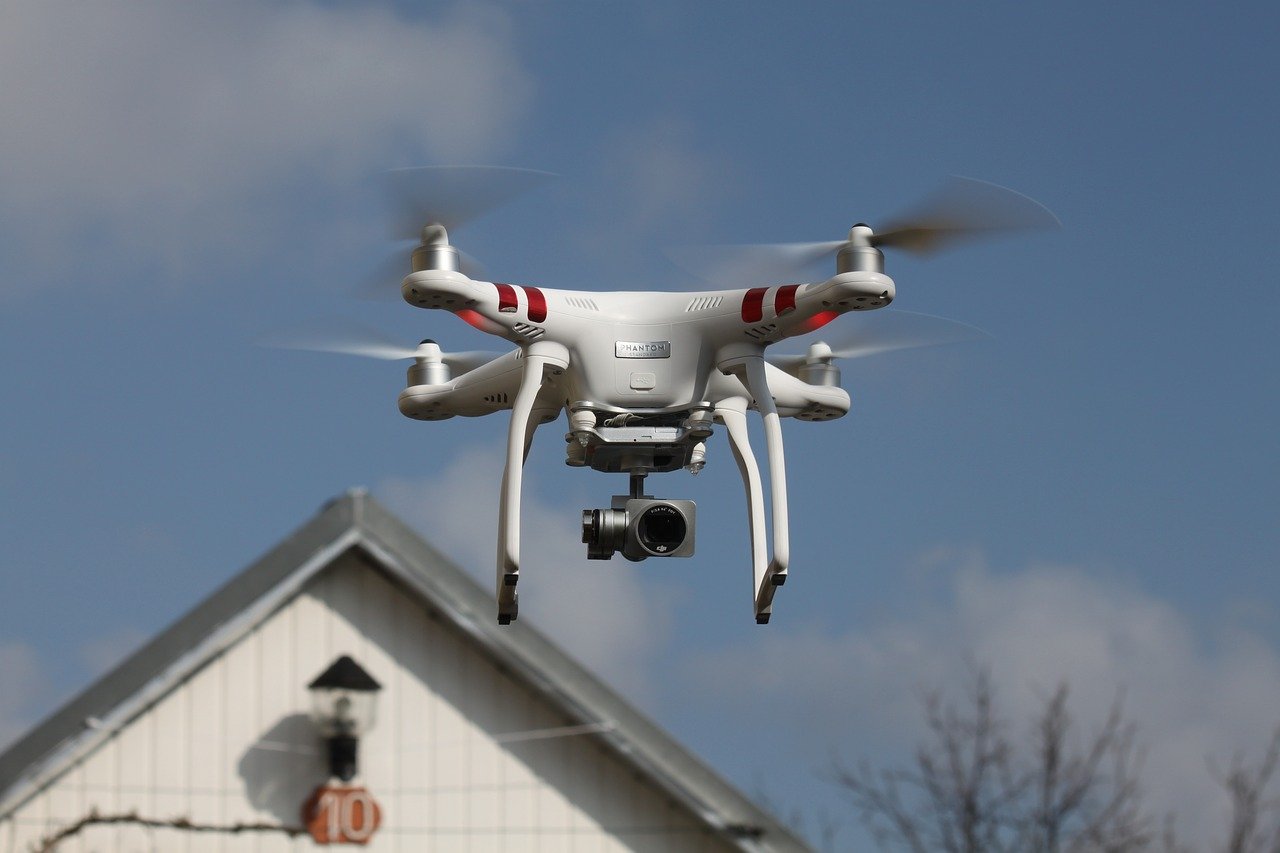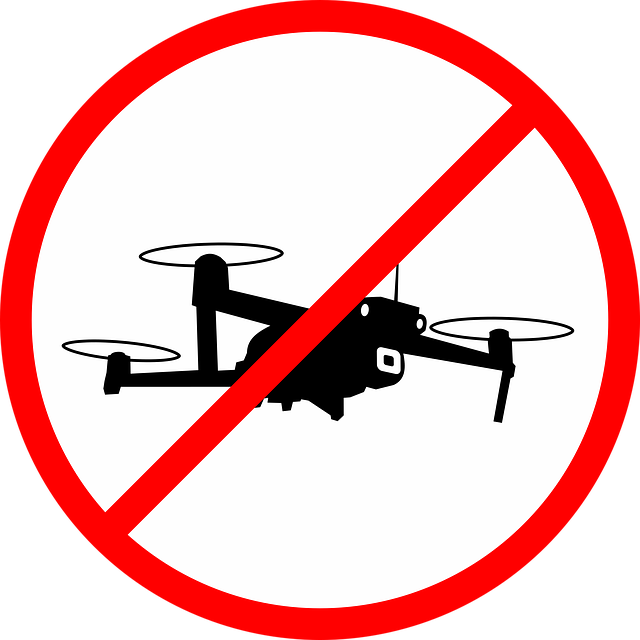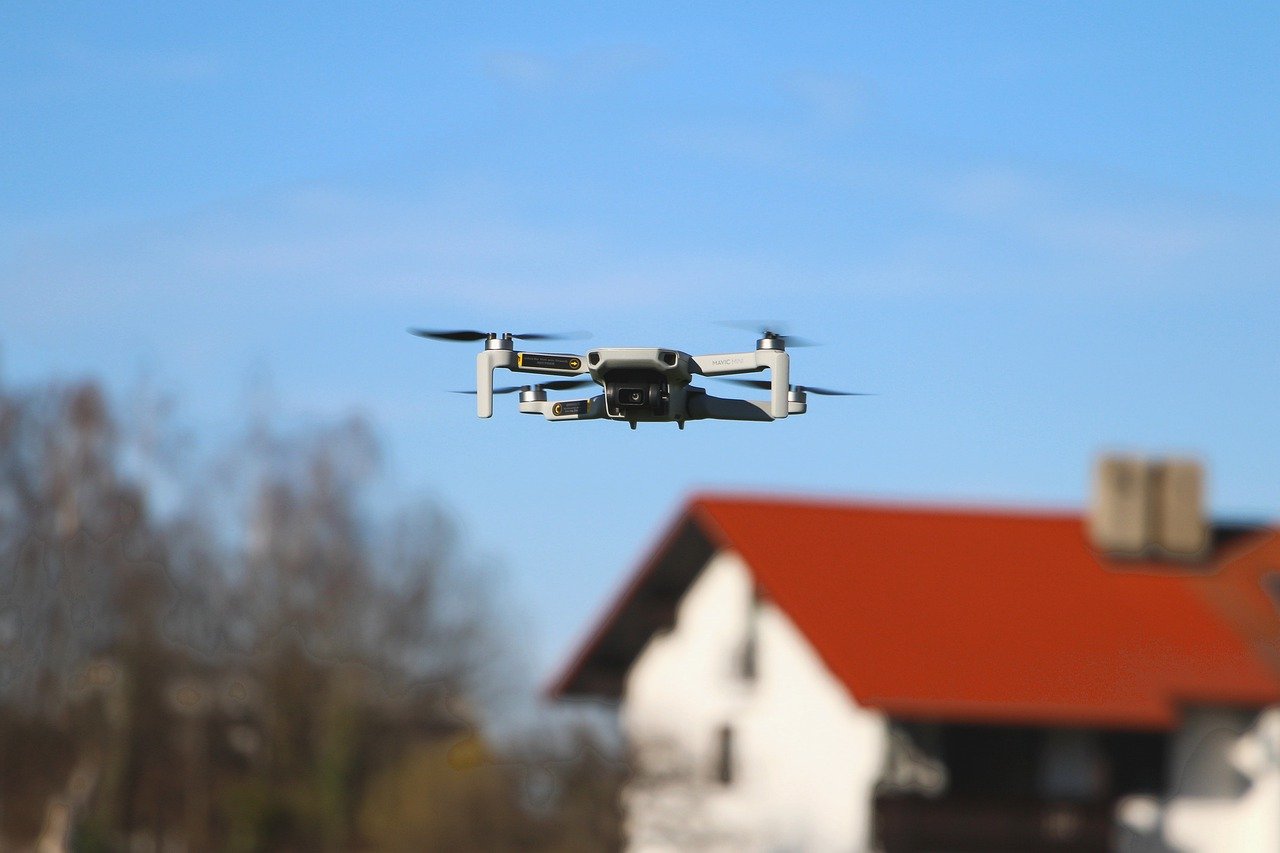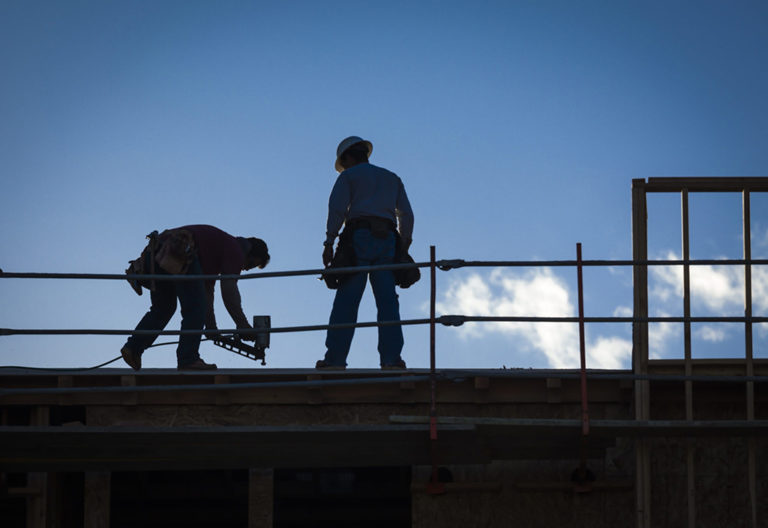Laws and Regulations for Drones in Roofing Businesses
Disclaimer: It is your responsibility to understand and abide by the drone laws in your country, state or province, as well as your local laws. The information provided in this article is not legal advice or a substitute for obtaining legal advice. Contact your attorney to confirm or clarify anything you read here.
Professional roofers have put drone technology to good use. A drone can allow you to conduct a roof inspection or measure a roof quickly, without taking the risk of stepping onto the roof yourself. Using a drone, you may even be able to conduct a roof inspection in the winter, when ice and snow make your risk of falling much greater.
The latest roofing drone technology also has the advantage of being very precise. Your drone may be capable of measuring the roof’s surface area and slope with great accuracy, making estimating your roofing jobs much more straightforward.
Further, with the homeowner’s permission, you may be able to use images created by drones in your marketing. A before and after shot of a re‐roofing job can be very compelling to your potential customers, boosting your marketing efforts. Drone photography may be especially appealing if you’ve just installed a designer shingle on a roof that was worn down.
However, in order to get all of these advantages of roofing drones, you need to understand and abide by many laws and regulations. In both Canada and the United States, a roofer is considered to be a commercial drone user. Therefore, he or she has to be licensed and follow several rules in order to operate the drone.
It may sound daunting, but it’s not as hard to get started with a roofing drone as you think. This guide will teach you the basics about drone laws, specific to either the United States or Canada. We also delve into some state‐level laws that may affect you as a roofer.
Table of Contents
- Do I Need a License to Fly a Drone as a Roofer?
- How to Get a Remote Pilot License for Drones in the US
- How to Get a Drone Pilot License in Canada
- How Do I Get Permission to Fly a Drone over a Homeowner’s Property?
- Drone Laws in the United States
- State Specific Drone Laws
- Drone Laws in Canada
- Does Your Insurance Cover Drones?
- Drones in Roofing
1. Do I Need a License to Fly a Drone as a Roofer?
In the United States, commercial drone fliers using a drone that weighs less than 55 pounds need to get a license. This license is called the Remote Pilot Certificate.
In Canada, the law refers to drones as Remotely Piloted Aircraft System (RPAS). As a professional roofer, you will need a license to fly an RPAS as you are not flying it for pleasure but are flying it for business purposes. Unless your drone weighs less than 250 grams. Drones that small aren’t usually used for roofing purposes, so you will most likely need a license.
2. How to Get a Remote Pilot License for Drones in the United States
You are required to get a Remote Pilot Certificate in order to fly a drone for work purposes anywhere in the United States. In order to be eligible for this license you must:
- Be over 15 years of age.
- Be able to operate the drone safely.
- Be fluent in English, including reading and writing (medical exceptions can be made).
Then, you need to pass:
- Transportation Safety Administration (TSA) security screening.
- The Aeronautical Knowledge Test, which is also called the Part 107 test.
3. How to Get a Drone Pilot License in Canada
As long as you are doing basic operations, all you need to do to get a drone pilot license in Canada is pass an online exam. It only costs $10 to take the exam. Learn the test material first and then take the exam on the government’s website.
4. How Do I Get Permission to Fly a Drone over a Homeowner’s Property?
Many states and provinces have privacy laws which limit you from flying a drone over someone’s home without their permission. Also, getting verbal consent to fly your drone may not be enough to protect your business.
Instead of relying on verbal consent, we suggest you have homeowners sign a written consent form and waiver. Have a lawyer draft up an agreement that indicates the homeowner’s permission and that limits your liability for damages.
Remember that you cannot allow your drone to fly over your customer’s neighbor’s home, as this is a violation of their privacy.
5. Drone Laws in the United States
United States law refers to a drone as an Unmanned Aircraft System (UAS). Laws restricting UAS in the United States are considered to be more complicated and stringent than those in Canada. The Federal Aviation Administration (FAA) governs these laws.
As commercial drone users, roofers should strive to use a drone that weighs under 55 pounds. If your drone is this light, you only need to follow the “Part 107” drone rules.
These rules include:
- Commercial fliers must have a Remote Pilot Certificate.
- Commercial drones must be registered with the FAA. Register at FAADroneZone.
- You must fly below 400 feet, which is ample for surveying residential roofs.
- You must only fly in Class G Airspace (uncontrolled air space.) Class G Airspace is not controlled by an airport.
- You must not break line of sight with your drone, which is critical to fly safely.
- You must not operate your drone from inside a moving vehicle.
- You must not fly at night. The sun must be fully below the horizon for it to be night. Therefore, you may fly in twilight.
- You must not fly directly over people.
- You must give right‐of‐way to aircraft.
You can apply for a Part 107 waiver to get permission to break some of these rules, including flying in Class G airspace and keeping to weight requirements.
- Roofing Drone Speed Limit
The United States also has a speed limit for commercial drones, which is 100 mph. As you’ll be flying in a rather confined property, you likely will not be at risk of breaking this speed limit. - Drone Penalties in the United States
Breaking the laws and regulations for drones in the United States can have significant consequences. The FAA may only educate you about a rule you’ve broken. However, they may also revoke your license or fine you—up to a maximum of $27,500 for civil and $250,000 for criminal penalties.
6. State Specific Drone Laws
Many states have passed laws to restrict the use of drones. However, few of these laws will affect roofers performing drone roof inspections. Most involve keeping off personal property, out of park areas and out of the way of emergency vehicles.
- Arizona Laws and Regulations for Drones
You cannot fly within 500 horizontal feet of a critical building. These include power plants, water treatment plants, hospitals, courthouses and more. Arizona has also forbidden its cities and towns to develop their own drone rules. - Georgia Laws and Regulations for Drones
You cannot fly over historical sites. If you’re repairing a roof for a home that has been designated a historic site, you may need to get special permission to fly your drone. - Iowa Laws and Regulations for Drones
Iowa has additional registration and licensing requirements and fee for drones. You must also get written consent, as opposed to verbal consent, to survey a property with a drone. - Minnesota Laws and Regulations for Drones
Minnesota has additional registration and licensing requirements and fee for drones. - Oklahoma Laws and Regulations for Drones
You cannot fly within 400 feet of a critical building. - Texas Laws and Regulations for Drones
You cannot use a drone to capture images within 25 miles of the U.S. border. If working in a border town, you may not be able to use a drone to survey some of your client’s roofs if they are too close to the border.
There may be other state laws which restrict your use of a drone for roofing. Before you start flying, be sure you’re also familiar with any local drone laws and regulations your municipality may have passed.
7. Drone Laws in Canada
The basic commercial drone laws in Canada include:
- You must fly your drone only where you can see it. Even going behind a chimney is illegal if it breaks your line of sight to the drone. Keeping your drone in line of sight is key to directing it safely. Few drones have cameras with a large enough field of view that they can be flown safely from just the camera output.
- You cannot fly above 122 meters in the air. This height is about double the height of the average two‐story home, so it should be sufficient for your roof inspection purposes.
- You cannot fly within 5.6 kilometers of airports and within 1.9 kilometers of heliports. If your customer lives close to an airport, even a small one, you may not be able to use your drone to inspect their roof. Be sure you check the distance before you start flying.
- You must not fly over emergencies, such as forest fires and car accidents. If there has been an accident on your customer’s street, you may have to wait for the emergency vehicles to clear before you begin the roof inspection.
- You must not fly over advertised events, such as parades and outdoor concerts. Parties on your customer’s street shouldn’t count unless they were advertised.
It’s also wise to be sure you are not flying your drone over bystanders or within 30 horizontal feet of bystanders. If so, you qualify as conducting advanced operations and several other regulations apply, including a higher level of license.
Drone Penalties in Canada
You can be penalized for breaking drone laws and regulations in Canada. Commercial users, such as roofers, face higher penalties.
| Offense | Maximum fines for recreational users | Maximum fines for businesses (whether a corporation or sole proprietor) |
|---|---|---|
| Flying without a drone pilot certificate | $1,000 | $5,000 |
| Flying an unmarked or unregistered drone | $1,000 | $5,000 |
| Flying where prohibited | $1,000 | $5,000 |
| Putting aircraft or people at risk | $3,000 | $15,000 |
At the time of writing, the provinces do not have any jurisdiction over drones, as they qualify as aircraft which are regulated by Transport Canada. Therefore, there are currently no provincial laws on drone operation.
There are, however, several municipal by‐laws that restrict the use of drones. Most commonly, according to Drone Law, these prohibit drone operators from flying in public parks. Therefore, you should be sure to stay only on your customer’s property when it backs onto a park or any other property.
There is controversy over whether some of these laws could be challenged in court, as municipalities may not have the authority to restrict drones. However, few business owners would want their company to be at risk while challenging the law. It’s best to abide by municipal by‐laws.
8. Does Your Insurance Cover Drones?
Your roofer’s general liability insurance policy likely does not cover damage from your drone. It is currently not mandatory in Canada or the United States to have insurance for your drone. However, it is wise to have to protect your business.
9. Drones in Roofing
If you can legally and safely harness the power of drones for your roofing business, you may reap many benefits. Just be sure to stay up to date with the latest regulations and licensing requirements. As drones are relatively new technology, things are sure to change in the future.







